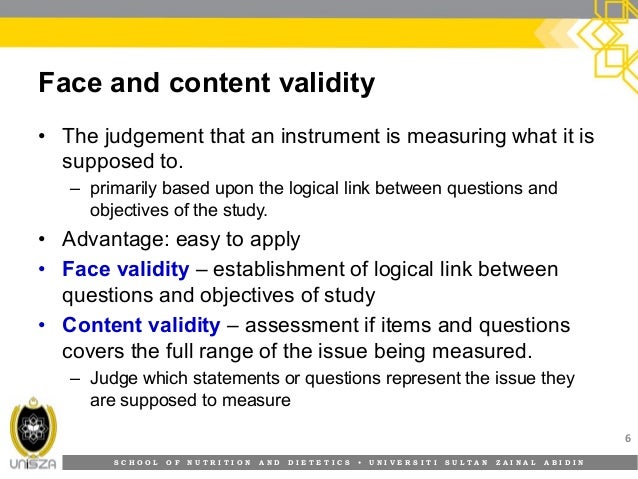

Does the EDI equivalently measure facets of school readiness for Aboriginal and non-Aboriginal children? Social Indicators Research, 103(2), 299-314. Canadian Journal of Behavioural Science, 39, 1–22. Development and psychometric properties of the Early Development Instrument (EDI): A measure of children’s school readiness. Early Education and Development, 18, 369-374. The Early Development Instrument: Translating school readiness assessment into community actions and policy planning. Does the EDI measure school readiness in the same way across different groups of children? Early Education and Development, 18(3), 453-472. A list of published papers is included for your reference. In the years since the EDI has continued to undergo rigorous analysis. Hamilton, ON: Offord Centre for Child Studies. A handbook on development, properties, and use. The Early Development Instrument: A population-based measure for communities. Janus, M., Brinkman, S., Duku, E., Hertzman, C., Santos, R., Sayers, M., et al.doi: 10.1037/cjbs2007001Ī description of the original validity and reliability tests can also be found in the Early Development Instrument Handbook. Canadian Journal of Behavioural Science, 3, 1–22. The results strongly indicated that yes, the EDI is indeed a valid and reliable measure of children’s developmental health.Ī history of the EDI’s development and its psychometric properties can be found in a 2007 paper by Drs. View Full Text.Over a decade ago, the creators of the EDI first began assessing its usefulness for data collection to see whether it was ‘the right tool for the job’ of measuring children’s developmental health. In this learning paper, main types of validity namely face validity, content validity, construct validity, criterion validity and reliability are discussed. Validity basically means “measure what is intended to be measured” (Field, 2005). Validity explains how well the collected data covers the actual area of investigation (Ghauri and Gronhaug, 2005). This learning paper explores and describes the validity and reliability of a questionnaire/survey and also discusses various forms of validity and reliability tests. Often new researchers are confused with selection and conducting of proper validity type to test their research instrument (questionnaire/survey). Thus the accuracy and consistency of survey/questionnaire forms a significant aspect of research methodology which are known as validity and reliability. The main objective of questionnaire in research is to obtain relevant information in most reliable and valid manner. Questionnaire is one of the most widely used tools to collect data in especially social science research.


 0 kommentar(er)
0 kommentar(er)
